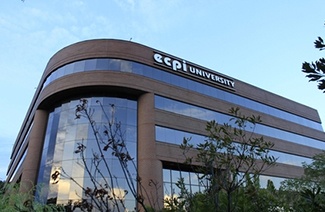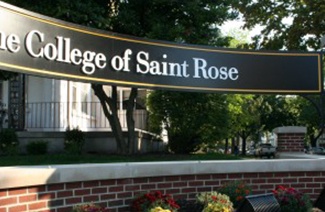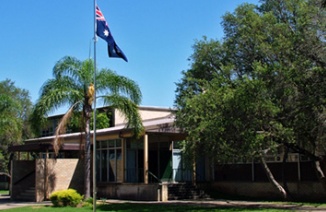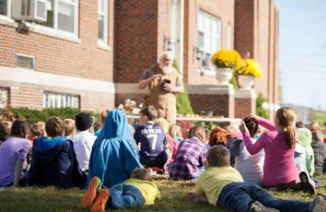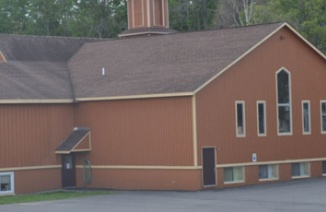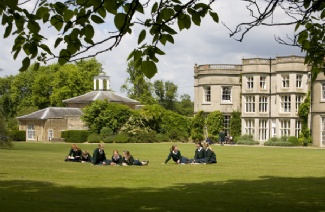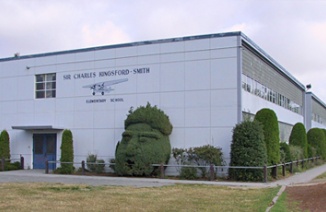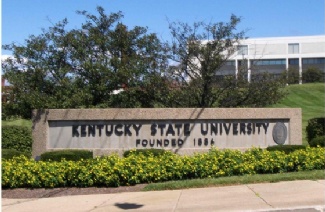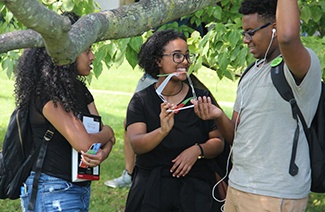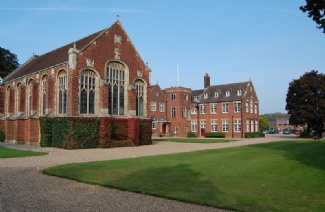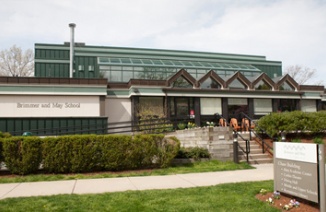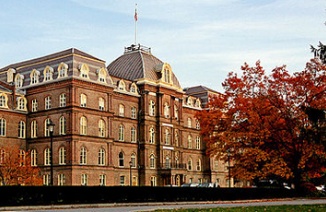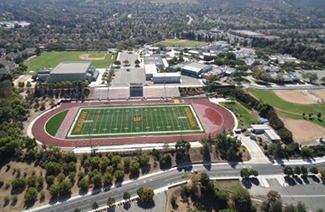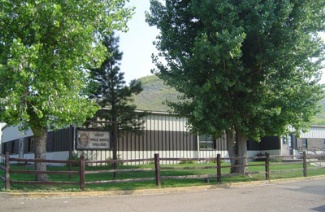4. 词汇题
1、The word "accordingly" in line 23 is closest in meaning to (A) however (B) consequently (C)nevertheless (D)ultimately
2、The word "administered" in line 8 is closest in meaning to (A) managed (B) recognized (C) opposed (D) justified (原文)The National Marine Sanctuaries Program is administered by the National Oceanic and Atmospheric Administration, a branch of the United States Department of Commerce.
3.1、The word "surge" in line 9 is closest in meaning to (A) sharp increase (B) sudden stop (C) important change (D) excess amount (原文)The interaction of improve processing and high demand led to the rapid spread of the cultivation of cotton and to a surge in production.
3.2、The word "meticulously" in line 7 is closest in meaning to (A) heavily (B) initially (C) carefully (D) completely (原文)The clay used in prehistoric pot making was invariably selected with the utmost care. Often it was traded over considerable distances. The consistency of the clay was crucial; it was pounded meticulously and mixed with water to make it entirely even in texture. By careful kneading, the potter removed the air bubbles and made the clay as plastic as possible.
4.1.The word "laborious" in line 8 is closest in meaning to (A) unfamiliar (B) primitive (C) skilled (D) difficult (原文)Cotton could be grown throughout the South, but separating the fiber---or lint--from the seed was a laborious process.
4.2.The word "pits" in line 7 is closest in meaning to (A) stages (B) scars (C) seeds (D) holes (原文)The Anasazi lived in houses constructed of adobe and wood. Anasazi houses were originally built in pits and were entered from the roof. But around the year 700 A.D., the Anasazi began to build their homes above ground and join them together into rambling multistoried complexes, which the Spanish called pueblos or villages.
5.1.The phrase "forward-looking" in line 4 is closest in meaning to (A) progressive (B) popular (C) thrifty (D) well-established
(原文)Ice was used in hotels, taverns, and hospitals, and by some forward-looking city dealers in fresh meat, fresh fish, and butter.
5.2.The phrase "hinged on" in line 9 is closest in meaning to (A) recovered from (B) depended on (C) started on (D) contributed to 解析:(原文)Industrial growth hinged on several economic factors.
5.3.The phrase "regardless of" in line 3 is closest in meaning to (A) as a result of (B) no matter what (C) proud of (D) according to
6.1.The word "unprecedented" in line 26 is closest in meaning to (A) slow (B) profitable (C) not seen before (D) never explained
6.2.The word "rudimentary" inline 12 is closest in meaning to (A) growing (B) undeveloped (C) necessary (D) uninteresting
7.1.The word “periphery” in line 24 is closest in meaning to (A) depth (B) landmass (C) warm habitat (D) outer edge
(原文) Outside the United States, marine protected-area programs exist as marine parks, reserves, and preserves. Over 100 designated areas exist around the periphery of the Caribbean Sea.
7.2.The word "boosted" in line 3 is closest in meaning to (A) ensured (B) raised (C) arranged (D) discouraged (原文)Industrialization came to the United State after 1790 as North American entrepreneurs increased productivity by reorganizing work and building factories. These innovations in manufacturing boosted output and living standards to an unprecedented extent; the average per capita wealth increased by nearly 1 percent per year—30 percent over the course of a generation.
7.3.The word "emitting" in line 9 is closest in meaning to (A) bringing (B) attracting (C) producing (D) minimizing (原文) One technique involves first moving quietly toward an approaching animal and then setting off noisily through the grass or brush in a low, crouching run away from the nest, while emitting rodent like squeaks.
8.The word "engaged" in line 2 is closest in meaning to (A) trained (B) hired (C) described (D) evaluated (原文)In 1903 the members of the governing board of the University of Washington. In Seattle. engaged a firm of landscape architects, specialists in the design of outdoor environments--Olmsted Brothers of Brookline, Massachusetts-to advise them on an Line appropriate layout for the university grounds.
Smog
1 The oxidation of exhaust gases is one of the primary sources of the world's pollution. The brown haze that is poised over some of the world's largest cities is properly called photochemical smog; it results from chemical reactions that take place in the air, using the energy of sunlight. The production of smog begins when gases are created in the cylinders of vehicle engines. It is there that oxygen and nitrogen gas combine as the fuel burns to form nitric oxide (NO), a colorless gas. The nitric oxide is forced out into the air through the vehicle tailpipe along with other gases.
2 When the gas reaches the air, it comes into contact with available oxygen from the atmosphere and combines with the oxygen to produce nitrogen dioxide (NO??2), which is a gas with a brownish hue. This nitrogen dioxide plays a role in the formation of acid rain in wetter or more humid climates and tends to decompose back into nitric oxide as it releases an oxygen atom from each molecule; the released oxygen atoms quickly combine with oxygen (O2) molecules to form ozone (O3). The brownish colored nitrogen dioxide is partially responsible for the brown color in smoggy air; the ozone is the toxic substance that causes irritation to eyes.
1. The word poised in paragraph 1 is closest in meaning to
(A) interacting
(B) sitting
(C) blowing
(D) poisoning
2. The phrase take place in paragraph 1 is closest in meaning to
(A) position themselves
(B) put
(C) are seated
(D) occur
3. The word forced in paragraph 1 could best be replaced by
(A) obliged
(B) required
(C) pushed
(D) commanded
4. The word hue in paragraph 2 is closest in meaning to
(A) color
(B) odor
(C) thickness
(D) smoke
5. The phrase plays a role in in paragraph 2 is closest in meaning to
(A) makes fun of
(B) serves a function in
(C) acts the part of
(D) moves about in
参考答案:BDCAB
Parasitic plants
1 Parasitic plants are plants that survive by using food produced by host plants rather than by producing their own food from the Sun's energy. Because they do not need sunlight to survive, parasitic plants are generally found in umbrageous areas rather than in areas exposed to direct sunlight. Parasitic plants attach themselves to host plants, often to the stems or roots, by means of haustoria, which the parasite uses to make its way into the food channels of the host plant and absorb the nutrients that it needs to survive from the host plant.
2 The world's heaviest flower, a species of rafflesia, is a parasite that flourishes among, and lives off of, the roots of jungle vines. Each of these ponderous blooms can weigh up to 15 pounds (7 kg) and can measure up to 3 feet (1m) across.
11. The word umbrageous in paragraph 1 is closest in meaning to
(A) moist
(B) well lit
(C) shaded
(D) buried
12. Haustoria in paragraph 1 are most likely
(A) offshoots from the parasite
(B) seeds of the host plant
(C) fruits from the host plant
(D) food for the parasite
13. The phrase make its way into in paragraph 1 is closest in meaning to
(A) develop
(B) penetrate
(C) outline
(D) eat
14. The word ponderous in paragraph 2 is closest in meaning to
(A) smelly
(B) hidden
(C) mature
(D) heavy
15. The word across in paragraph 2 could best be replaced by
(A) in diameter
(B) on the other side
(C) at a distance
(D) inside and out
参考答案:CABDA
